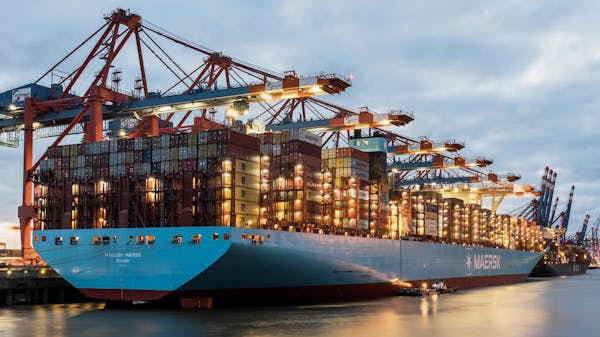Shipping Energy Meters from Guangzhou/Shenzhen to Tripoli Port, Libya: Full Container Load (FCL) and Less Than Container Load (LCL) Options
Shipping energy meters from Guangzhou or Shenzhen to Tripoli Port in Libya involves a complex and well-coordinated process that ensures the safe and timely arrival of goods. The shipment can be organized via Full Container Load (FCL) or Less Than Container Load (LCL) sea freight, with typical shipping durations around 65 days. In this article, we’ll explore the logistics of shipping energy meters, focusing on packaging, FCL and LCL shipping options, and estimated delivery timelines.
1. Shipping Methods: FCL vs LCL
When considering shipping from Guangzhou or Shenzhen to Tripoli, you can choose between Full Container Load (FCL) or Less Than Container Load (LCL) based on the volume and requirements of your shipment.
Full Container Load (FCL): If you have enough cargo to fill an entire container, FCL is the most efficient and cost-effective choice. For energy meters, typically, you would ship either a 20-foot or 40-foot container, depending on the quantity. A 20ft container holds approximately 28 cubic meters of goods, while a 40ft container can accommodate up to 58 cubic meters. Shipping with FCL offers the advantage of faster transit times since the container is dedicated solely to your goods, reducing delays at ports.
Less Than Container Load (LCL): For smaller shipments that don’t require a full container, LCL allows you to share space in a container with other goods. LCL shipments are more flexible and economical for businesses with limited cargo. However, the main downside is the longer transit times due to the consolidation and deconsolidation processes at the ports. LCL shipments from Guangzhou/Shenzhen to Tripoli typically take around 65 days for the sea voyage.
2. Sea Freight Transit Time and Routes
Estimated Transit Time: Shipping energy meters via sea freight from Guangzhou or Shenzhen to Tripoli usually takes around 65 days. This is due to the need for port transshipment, possible waiting times at various ports, and the overall shipping route.
Route Overview: The most common route involves sea transport from Guangzhou or Shenzhen to major transshipment ports like Singapore, Dubai, or Malta, before arriving at Tripoli Port in Libya. Although there are several other potential routes, this is the most typical transit path for sea shipments to Libya.

3. CIF Shipping Incoterm:
The CIF (Cost, Insurance, and Freight) Incoterm is commonly used in this type of shipping arrangement. Under CIF, the seller (in China) is responsible for the cost of shipping, insurance, and freight to the destination port (Tripoli Port). However, the buyer (in Libya) is responsible for import duties, local transportation, and customs clearance once the goods arrive at the port. This term offers the buyer a clear understanding of the total cost of shipping up until the goods reach Tripoli.
4. Packaging for Energy Meters
Proper packaging is critical to ensuring that the energy meters arrive at their destination without damage. Here are the key points for packaging:
Individual Packaging: Each energy meter should be securely wrapped in bubble wrap or foam padding to prevent any impact or shock during transit. It’s also important to ensure that the meter’s sensitive components are fully protected.
Outer Packaging: After individual wrapping, energy meters are typically packed into sturdy cardboard boxes or wooden crates. For larger quantities, each box or crate should be labeled with clear handling instructions (e.g., “Fragile” or “This Side Up”) to alert handlers.
Palletizing: When shipping via FCL, energy meters should be palletized for easy loading and unloading. Each pallet should be secured with stretch film or strapping to prevent movement during the journey. Palletizing also helps maximize space and optimize container loading.
Shipping Labels and Documentation: Each package should be clearly labeled with the necessary shipping and import/export information, including customs documentation, origin and destination addresses, and product details for clearance at Tripoli Port.



